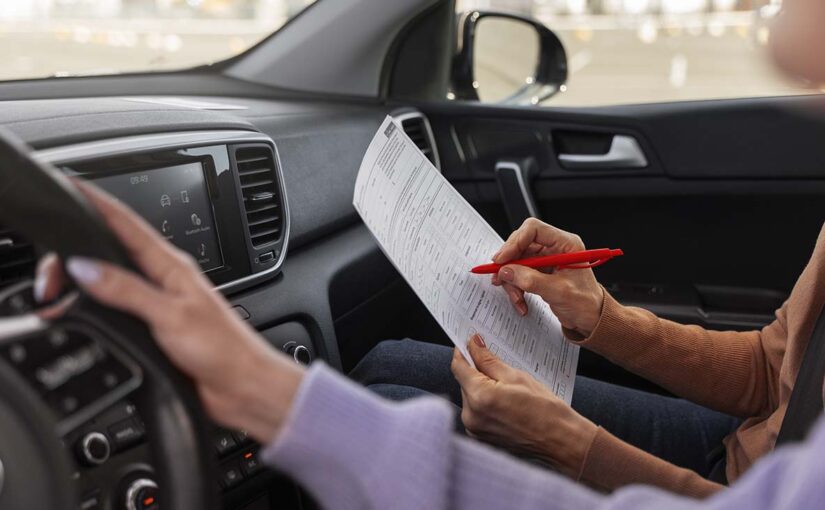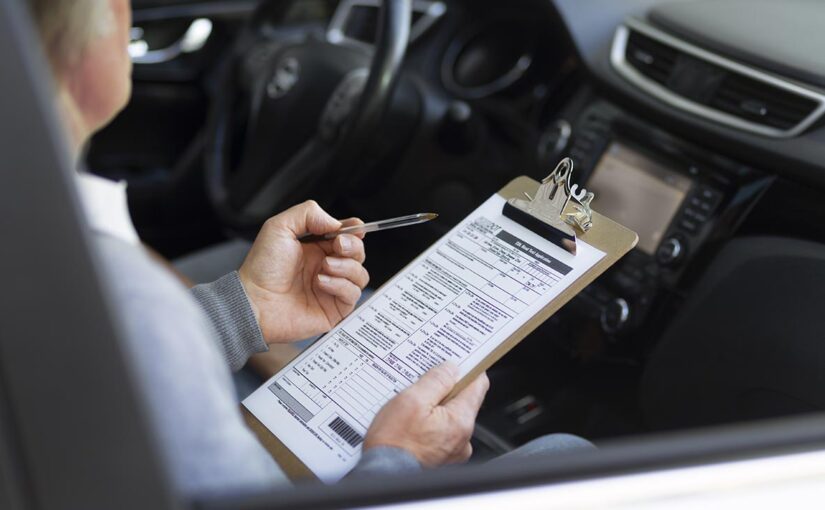Renewing your driver’s license is an essential task that ensures your legal ability to operate a vehicle on Arizona’s roads. Whether you are renewing in person, online, or by mail, understanding the process can save you time and effort. This guide will walk you through the necessary steps, required documents, and helpful tips to streamline your Arizona driver’s license renewal experience. Let’s get started on ensuring that your driving privileges remain uninterrupted.
Check Eligibility
To renew your Arizona driver’s license, you must meet certain eligibility requirements. You are eligible if your current license is due to expire within six months or has not been expired for more than one year. Additionally, if you are under the age of 65, your license is valid for eight years, and renewal notices are typically sent out several weeks before the expiration date. Drivers aged 65 and older are required to renew their license every five years and may need to pass a vision test.
Furthermore, renewal applicants must not have outstanding fines, suspensions, or revocations on their driving record. If there have been changes to your vision, medical condition, or you now require corrective lenses, you may be subject to additional testing. In some cases, if you have had a significant change in your health or physical condition, you may also be required to retake the written and road tests. It’s essential to note that if your license has been expired for over a year, you will be required to retake both the written and road tests regardless. Ensure you check the latest Arizona MVD policies as these requirements are subject to change.
Gather Required Documents
Before heading to the Arizona Motor Vehicle Division (MVD) or beginning your renewal application online or by mail, ensure you have the following necessary documents:
- Proof of Identity: You must present one primary form of identification, such as:
- An Arizona driver’s license that has not been expired for more than one year.
- A U.S. birth certificate.
- A U.S. passport.
- Other forms of government-issued identification, including military IDs or tribal identification cards. The complete list of accepted documents is available on the Arizona MVD website.
- Proof of Social Security Number: If your SSN is not already on file with the MVD, you will need to present one of the following:
- Social Security card.
- W-2 form.
- SSA-1099 form.
- Non-SSA-1099 form.
- A pay stub that includes your SSN.
- Proof of Arizona Residency: Two documents are required to establish your residency in the state. Acceptable documents include, but are not limited to:
- Utility bills.
- Bank or credit card statements.
- Insurance policies.
- Arizona vehicle registration or title.
- Rental or lease agreements.
- Employment pay stubs.
- Voter registration card.
All documents must include your first and last name and your Arizona residential address.
Please note that all documents must be original or copies certified by the issuing agency – photocopied, faxed, or notarized copies will not be accepted. It’s vital to check the Arizona MVD website for the most current list of acceptable documents as requirements may have been updated.
Schedule an Appointment
Scheduling an appointment at your nearest Arizona Motor Vehicle Division (MVD) office is a recommended step to ensure efficient service and reduced waiting times. Appointments can conveniently be made online through the Arizona MVD’s official website, allowing you to select a date and time that best fits your schedule.
To book your appointment online, you will need:
- Your Arizona driver’s license number or your name and date of birth.
- The exact service you require, such as “Driver’s License Renewal.”
- A valid email address or phone number for confirmation.
Visit ServiceArizona.com and navigate to the “Appointments” section. After entering the necessary details, you can choose from available times at your preferred location. If you prefer not to schedule an appointment, be aware that walk-in wait times can be significant, and service without an appointment is not guaranteed. Make sure to confirm your appointment details and arrive early to ensure a smooth renewal process.
Complete the Application
The next essential step in the renewal process is to accurately complete the application for your driver’s license renewal. You can access this application form either online through the Arizona MVD website or at an MVD office during your visit.
When filling out the form, pay special attention to the following sections:
- Personal Information: Confirm that your full name, date of birth, and Social Security number are correct. Any discrepancies here may lead to delays in your renewal.
- Address Details: Your current Arizona residence address must be up to date because this is where your renewed license will be mailed.
- Driver Health Questions: Answer questions regarding your health and medical conditions honestly. These will determine if any additional tests or documentation are needed to ensure safe driving.
- License Type: If upgrading to a Travel ID (which will be required for boarding aircraft starting May 3, 2023), ensure that you select the appropriate option and provide the extra documentation required.
Remember to double-check each field for accuracy and completeness before submitting the application. If completing the form online, you can typically save your progress should you need to gather additional information before finalizing the application. For those completing the renewal at an MVD office, staff members are available to assist if you have any questions or require help. Once your application is filled out and reviewed, you can proceed to the payment section.
Pay the Renewal Fee
The renewal process concludes with the payment of the associated fee, which varies depending on the type of license and the applicant’s age. As of the latest update, standard driver’s licenses in Arizona cost $25 for individuals aged 16-39, $20 for individuals aged 40-44, $15 for individuals aged 45-49, and $10 for individuals aged 50 and above. The Travel ID license, which doubles as a federally compliant Real ID, has a different fee of $25 regardless of age.
Accepted payment methods include credit or debit cards (Visa, MasterCard, American Express, and Discover), checks, money orders, and cash if you are renewing in person at an Arizona MVD office. It’s important to be aware that late renewals could incur a late fee. Additionally, some methods of payment may include a nominal processing fee, so be sure to check the Arizona MVD website or ask an MVD representative for the most current fee structure and payment related information before completing your transaction.






